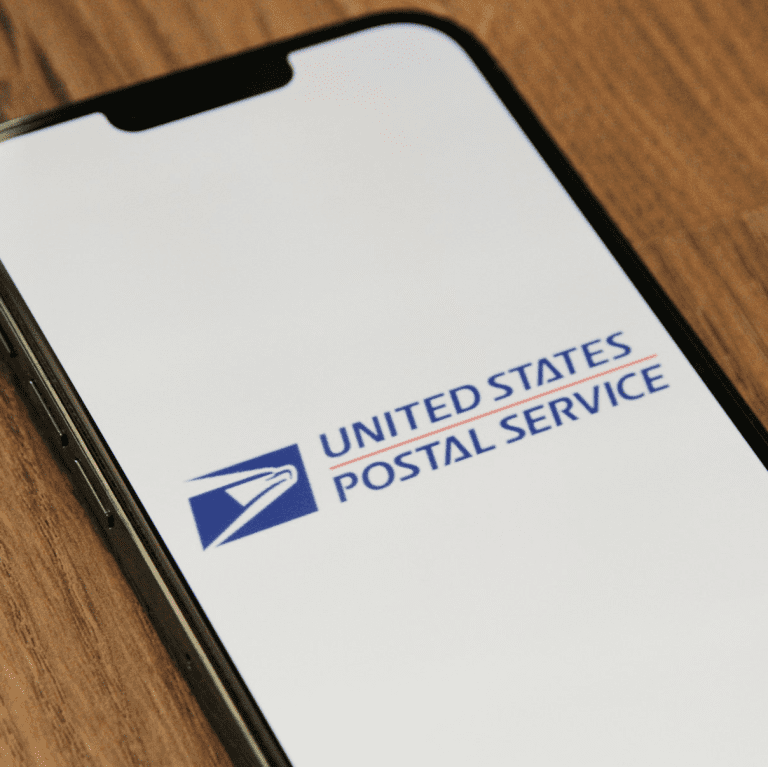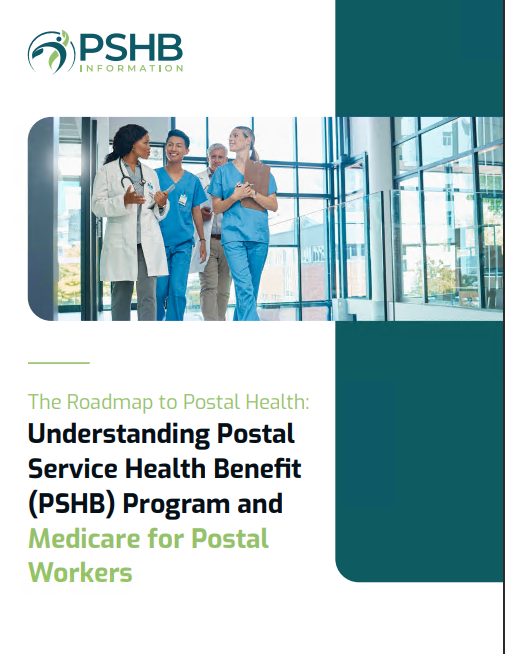Key Takeaways
-
You have access to a range of official resources to help you understand the 2025 switch from FEHB to the PSHB Program, making the process clearer and more manageable.
-
Knowing which tools to use and when to use them can reduce confusion, especially when it comes to Medicare integration and selecting the right PSHB plan.
Understanding the PSHB Transition in 2025
The Postal Service Health Benefits (PSHB) Program officially replaced the Federal Employees Health Benefits (FEHB) Program for Postal Service employees and annuitants on January 1, 2025. This transition, mandated by the Postal Service Reform Act of 2022, aims to create a health benefits system tailored to the unique needs of USPS personnel.
Whether you’re a current USPS employee or a retired annuitant, switching to PSHB may feel overwhelming. But you’re not alone. A series of tools, resources, and official communication channels exist to guide you through every step.
Where to Start: Identifying Your Status
Before you dive into selecting plans, make sure you’re clear about your current employment or retirement status. The resources you’ll use—and the actions you’ll need to take—depend heavily on whether you’re:
-
A current USPS employee
-
A USPS annuitant (retiree)
-
A family member covered under someone else’s plan
1. USPS LiteBlue and KeepingPosted.org
LiteBlue remains the go-to portal for current USPS employees. This secure platform allows you to:
-
View PSHB plan options
-
Access FAQs and enrollment timelines
KeepingPosted.org serves USPS annuitants and retirees. It offers detailed PSHB plan information, eligibility rules, and Medicare integration guides. You can also:
-
Update your contact details
-
Review available PSHB plans
-
Access support during Open Season
2. Open Season Enrollment and Deadlines
The PSHB Open Season takes place every year from November to December. In 2024, Open Season ran from November 11 through December 9. Any elections or changes made during this period took effect on January 1, 2025.
Future Open Seasons will follow a similar timeframe, so it’s crucial to:
-
Check for announcements via LiteBlue, KeepingPosted.org, or mailed notices
-
Mark your calendar with enrollment deadlines
-
Use decision-support tools available on both portals
3. Medicare Part B: Understanding Mandatory Enrollment Rules
If you’re Medicare-eligible, understanding the new integration rules is essential. Starting in 2025, certain Postal Service annuitants and their eligible family members must enroll in Medicare Part B to retain PSHB coverage. Exceptions apply, including:
-
Those who retired on or before January 1, 2025
-
Annuitants who were 64 years or older as of January 1, 2025
-
Individuals living abroad
-
Veterans using VA coverage or individuals eligible for Indian Health Services
Key Resource: Medicare Part B Special Enrollment Period (SEP)
A Special Enrollment Period was offered from April 1 to September 30, 2024 for those who needed to enroll in Medicare Part B. If you missed this window, contact a licensed agent or Medicare directly to understand your options moving forward.
4. PSHB Navigator Help Line
For personalized assistance, the PSHB Navigator Help Line offers step-by-step support:
-
Clarifies eligibility questions
-
Guides you through Medicare enrollment integration
-
Helps you compare and select PSHB plans
This Help Line has been especially helpful during key transition windows, including the 2024 SEP and Open Season.
5. Official OPM PSHB Website
The Office of Personnel Management (OPM) provides a centralized hub of information on PSHB plans. This site includes:
-
Plan brochures for each available PSHB plan
-
Tools to compare plan features, deductibles, and copayments
-
Cost-sharing estimates and provider network information
Using this site, you can sort and filter plans by:
-
Location
-
Medicare eligibility status
-
Type of care most important to you (e.g., primary care, specialists, prescriptions)
6. Plan Comparison and Decision-Making Tools
Several tools exist to help you analyze your options. Available via LiteBlue, KeepingPosted.org, and the OPM site, these tools allow you to:
-
Evaluate estimated out-of-pocket costs
-
Compare in-network vs. out-of-network care
-
Review integrated Medicare Part D pharmacy coverage
These tools are especially helpful for:
-
Evaluating costs for Self Only vs. Self Plus One or Self and Family coverage
-
Checking annual deductibles and out-of-pocket maximums
-
Comparing provider networks if you need specific specialists or care facilities
7. Understanding Prescription Drug Coverage
Starting in 2025, Medicare-eligible PSHB enrollees receive prescription coverage through a Medicare Part D Employer Group Waiver Plan (EGWP). This means:
-
A $2,000 annual out-of-pocket cap applies to covered medications
-
A $35 cap on monthly insulin costs
-
Enhanced pharmacy networks and mail-order options are available
If you opt out of Part D, you lose prescription drug coverage under PSHB. Re-enrollment opportunities may be limited, so it’s important to:
-
Stay informed about the EGWP structure
-
Contact a licensed agent if you have questions about prescription benefits
8. Webinars and Postal Service News Updates
Throughout 2024 and into 2025, the Postal Service and OPM have hosted webinars and released informational materials. These include:
-
Step-by-step guides for using comparison tools
-
Printable FAQs for Medicare and PSHB coordination
-
Email newsletters highlighting new updates and deadlines
Check your email and postal mail regularly for:
-
Open Season reminders
-
Plan updates and coverage changes
-
Tips on making the most of your PSHB benefits
9. Staying Organized During the Transition
With many moving parts, keeping your documents and notices organized is critical. Here’s a simple checklist:
This type of preparation ensures that you avoid missed deadlines or unintentional coverage gaps.
10. Coordination With Other Federal Benefits
PSHB changes do not affect your eligibility for:
-
Federal Dental and Vision Insurance Program (FEDVIP)
-
Federal Employees’ Group Life Insurance (FEGLI)
-
Federal Long Term Care Insurance Program (FLTCIP)
-
Flexible Spending Accounts (FSAFEDS)
These benefits remain available as separate elections and should be reviewed during Open Season each year.
Making the Switch Less Overwhelming
Switching to the PSHB Program doesn’t have to be complicated. The key is to understand your status, take advantage of the tools available to you, and stay ahead of important deadlines.
From personalized help lines to in-depth plan comparison resources, the USPS and OPM have made it clear that they want you to feel confident in your healthcare decisions. Use these official channels instead of relying on third-party sources that may not reflect the most up-to-date guidance.
Don’t Wait Until It’s Too Late
If you’re still unsure about how to proceed with your PSHB enrollment or Medicare integration, speaking with a licensed agent listed on this website can give you the guidance you need. These professionals can walk you through your options and help ensure you stay compliant while selecting the coverage that suits your needs.









